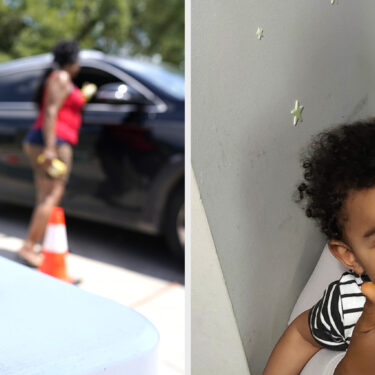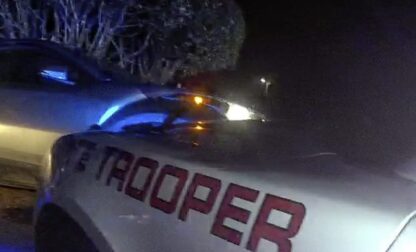As the ranks of dioceses promising to release lists of priests credibly accused of sexual abuse began to mushroom at the beginning of this year, Philadelphia reporter Claudia Lauer and Washington-based data editor Meghan Hoyer started to strategize: How could they leverage the information on a scale never before accomplished?
The hurdles were high: Many of the released lists were lacking in basic information, and the priests had scattered around the U.S. and beyond, living almost entirely under the radar.
After months of systematic, dogged work, the result was “Where Are They Now,” a blockbuster investigation that found almost 1,700 priests and other clergy members living with little to no oversight, with some teaching middle-school math, counseling survivors of sexual assault, working as nurses, volunteering at nonprofits aimed at helping at-risk kids, and fostering children.
They’re teachers. They counsel sex abuse survivors. They’re juvenile detention officers. They fled the country and are still priests…. positions of trust and authority. https://t.co/DxY3laWgM7
— Claudia Lauer (@ClaudiaLauer) October 4, 2019
Hoyer and Lauer found that dozens had committed crimes,including sexual assault and possessing child pornography. Their review also found more than 160 of the accused continued working or volunteering in churches,and roughly 190 obtained professional licenses. On top of that,more than 500 live within 2,000 feet of schools,childcare centers or other facilities that serve kids.
The AP unearthed all that information by drilling down on the dioceses’ combined lists,which totaled 5,173 names as of Oct. 1. Over the course of nine months,AP reporters and researchers scoured public databases,court records,property records,social media and other sources to locate the clergy members,many of whom had since died since leaving the church. A supplementary team of reporters helped compile the stories of about a dozen former clergy members,interviewing victims,employers,family members, church officials and others to fill out the specifics about their time as priests and after their church service.
The story was accompanied by a compelling video,largely shot by Portland reporter Gillian Flaccus, concentrating on a case in Oregon in which a credibly accused priest serially molested a developmentally disabled man after leaving the church and went to prison. And a separate story by Hoyer laid out AP’s methodology in researching the story and analyzing the data.
A little deeper into how we investigated credibly accused priests: https://t.co/xu33IoXWsE It took a huge team: @ClaudiaLauer, @KristinGazlay, @gflaccus, @adgeller, @asnowreports, @scohenAP, @MikeRezendes, @allengbreed, @monikamathur + team,plus many freelancers! Thanks, all.
— Meghan Hoyer (@MeghanHoyer) October 4, 2019
On Friday,its first day of release,the story racked up more than 80,000 minutes of engagement and 121,000 pageviews on AP’s platforms,and it continued going strong through the weekend. It also drew high engagement on Twitter and Facebook,and ran on many U.S. newspaper front pages. It was touted on Mike Allen’s influential Top 10 list for Axios,and Hoyer appeared on Shepard Smith’s Fox show,where he introduced her by calling the investigation important and urged viewers to read the entire story “on the AP app.”
AP Managing Editor Brian Carovillano echoed the praise,calling the project,“One of the most monumental pieces of AP journalism in my memory.”
For a stunning investigation that breaks new ground in the already impressive body of work that is “The Reckoning” series, Lauer and Hoyer win this week’s Best of the States award.




